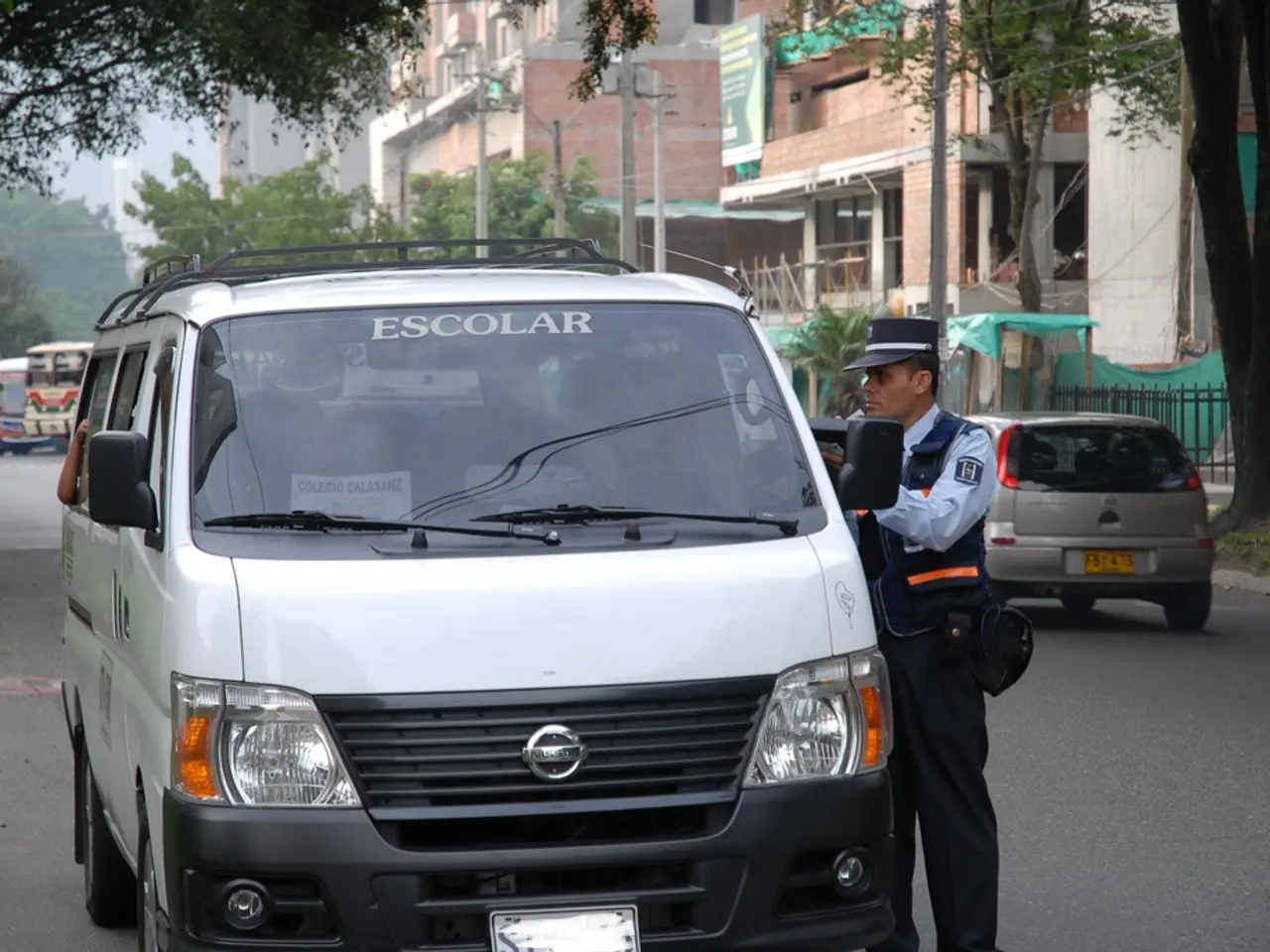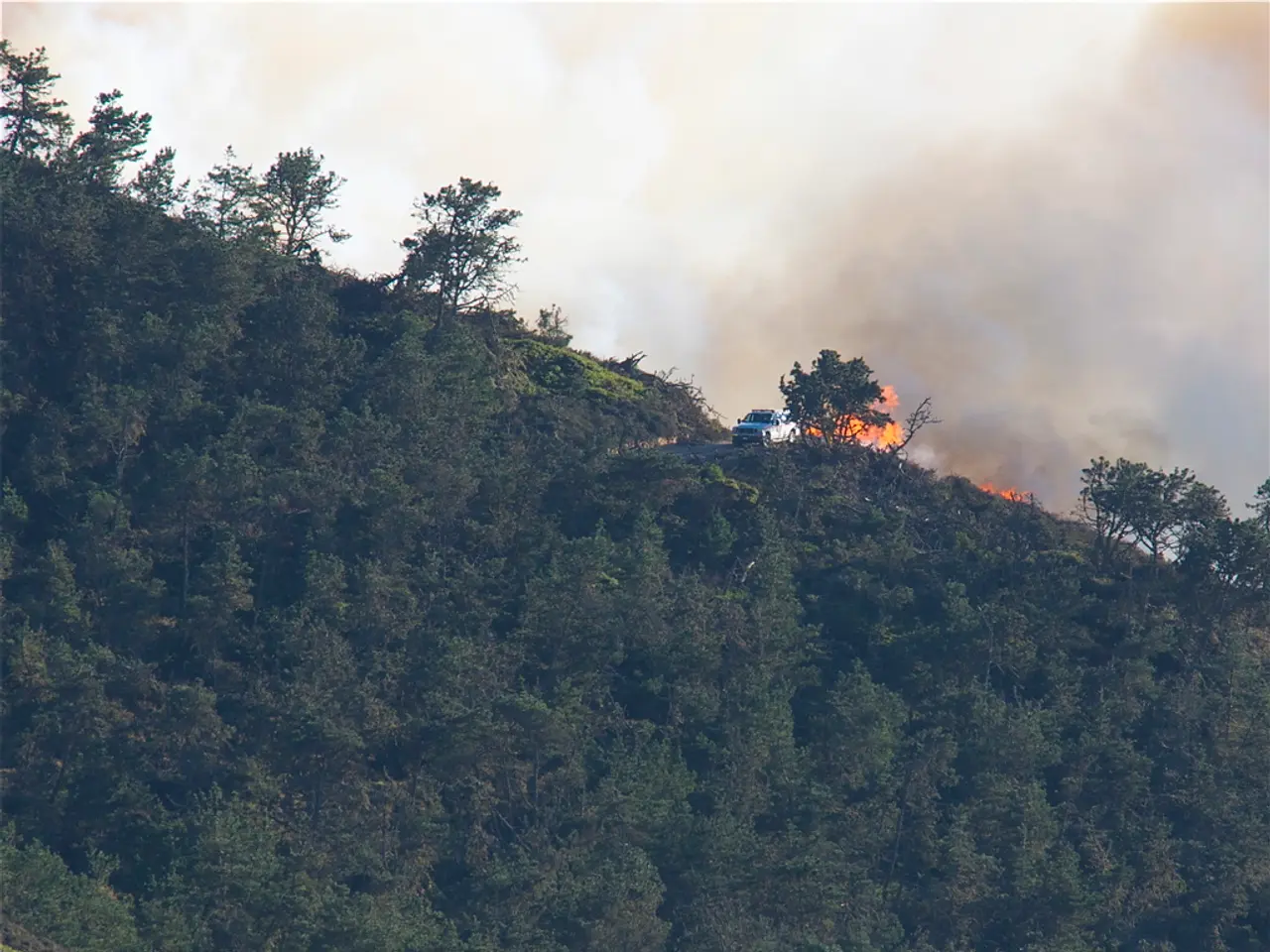Unveiling the Fear and Advantage of White Dominance
The relationship between law enforcement and white people in the United States has historically been one of safety and trust, while people of colour, particularly Indigenous communities, have faced a different reality. This disparity can be traced back to the origins of American policing, which have roots in the slave patrols of the 18th century.
In recent years, the actions of law enforcement agencies have raised concerns about their role in perpetuating systemic white supremacy. For instance, some of the attackers during the Capitol attack were off-duty police officers and military members. Moreover, the FBI has been investigating U.S.-based environmentalists as potential terrorists since at least 2013, while ignoring the threat of white supremacists.
This historical context and the persistence of white supremacist ideologies are evident in the treatment of Indigenous water protectors. These activists, who oppose projects like pipelines and resource extraction to protect their lands and water, have faced aggressive policing characterized by militarized tactics, arrests, and surveillance far beyond what many other protest groups experience.
The disparity in the treatment of Indigenous water protectors versus other protest groups reflects a deeper legacy of white supremacy embedded in law enforcement structures. Police responses to Indigenous protests often include the use of force, intimidation, and criminalization, whereas other protesters might experience less severe policing or more negotiated engagements.
This pattern is rooted in colonial and racist structures intended to uphold settler dominance and suppress Indigenous resistance. For example, during the Standing Rock mobilization against the Dakota Access Pipeline in 2016, more than 140 people were arrested. Governor Kristi Noem of South Dakota attempted to pass riot-boosting legislation in response, which was ruled unconstitutional.
Chase Iron Eyes, the lead counsel for the Lakota People's Law Project, was attending a hearing to represent Jasilyn Charger, a water protector who was arrested for locking herself to a pump station for the Keystone XL Pipeline. However, during this hearing, Oscar High Elk, a water protector and founder of Roots Camp, was arrested outside the courthouse, despite having a warrant out for his arrest likely related to a nonviolent direct action.
The decentralized and fragmented nature of the U.S. policing system complicates reform efforts, often allowing local law enforcement to act with considerable autonomy in ways that perpetuate systemic racism. Evidence shows that white supremacists have infiltrated U.S. law enforcement agencies at all levels. During the Capitol attack, police escorted insurgents down the steps of the Capitol, hand in hand, and posed for selfies with them.
In conclusion, the U.S. law enforcement system has historically and continues to act as an agent of white supremacy, shaping how Indigenous water protectors are treated harshly compared to other protest groups. This pattern is rooted in colonial and racist structures intended to uphold settler dominance and suppress Indigenous resistance. It is crucial to address these systemic issues to ensure fair and equitable treatment for all protestors in the United States.
References:
- Smith, R. (2016). "The History of Violence Against Native Americans." Smithsonian Magazine. Link
- Dwyer, J. (2019). "White Lives Matter rally in D.C. draws dozens of counterprotesters." NBC News. Link
- Alexander, M. (2020). "Policing in America: The Roots of Racial Disparity." The Atlantic. Link
- The disparity in police treatment between Indigenous water protectors and other protest groups is a topic of concern, highlighted in magazines like The Atlantic where the roots of racial disparity in policing in America are discussed.
- In the newsletter circulating within environmental-science communities, there's a discussion about the FBI's investigation of U.S.-based environmental activists as potential terrorists, while ignoring the threat of white supremacists.
- The historical context of law enforcement in America, with roots in the slave patrols of the 18th century, has contributed to the current systemic white supremacy as seen in the treatment of activists.
- Political news outlets have covered the aggressive policing tactics used against Indigenous water protectors, such as the arrest of Chase Iron Eyes during a hearing to represent a water protector, while his client's case was being heard.
- Climate-change activists who oppose projects like pipelines or resource extraction to protect the environment face similar adversity and hostility, as evidenced by the 2016 Standing Rock mobilization against the Dakota Access Pipeline, where more than 140 people were arrested and riot-boosting legislation was attempted.







